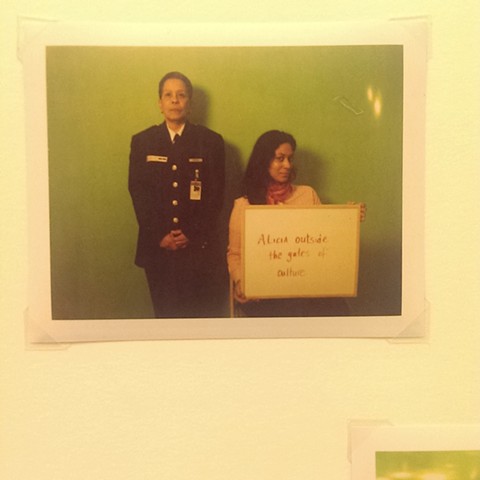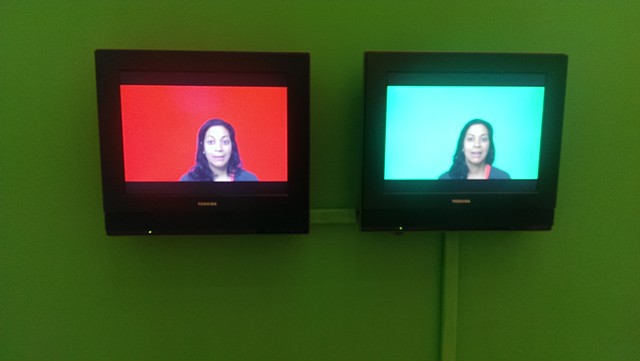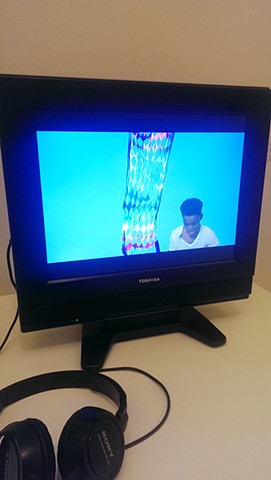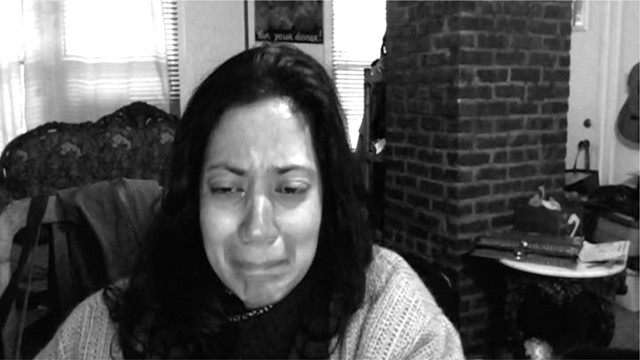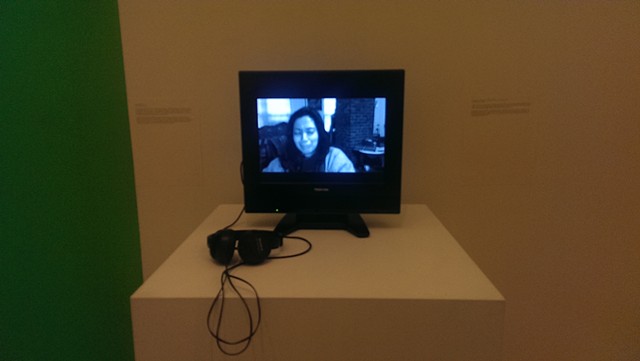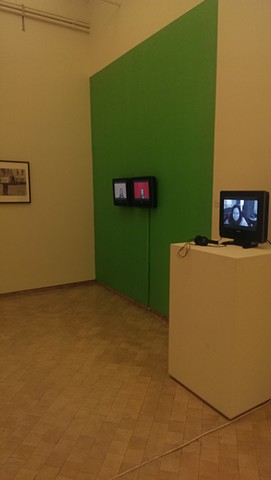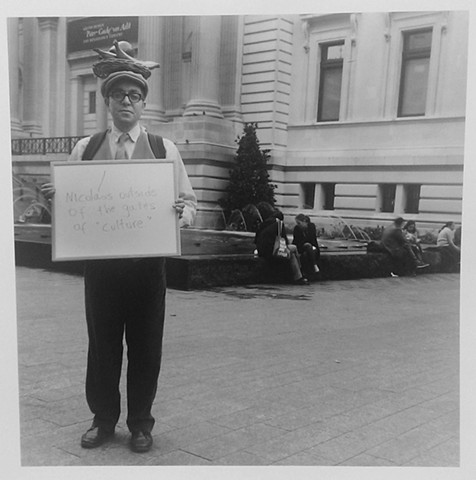ALICIA IN 3 PARTS
Alicia in 3 Parts was the culmination of my residency at El Museo del Barrio as part of "Back in Five Minutes", a project curated by Nicolás Dumit Estévez. The installation blended photography, video, and performance to explore the intersections of identity, race, and contemporary societal dynamics. It served as a critical reflection on how cultural and racial constructs shape our understanding of self and others.
One element of the project involved re-enactments and appropriations of cultural references to interrogate notions of belonging and exclusion. For instance, in a portrait of Nicolás Dumit Estévez, I referenced the “I, Too, Am Princeton” project, which tackled racial inequities within academic institutions. In the image, Nicolás stands in front of the iconic Koch Plaza at the Metropolitan Museum of Art, holding a whiteboard with the caption “Alicia outside the gates of culture.” This phrase, inspired by the book “Christ Outside the Gate: Mission Beyond Christendom”, critiques how prestigious art institutions engage—or fail to engage—with questions of race and the contributions of the "other" in defining art. By situating this portrait at the Metropolitan Museum of Art, the work juxtaposes the institutionalized gatekeeping of cultural spaces with the lived experiences of marginalized voices longing for acknowledgment.
The self-portraits in the series, including one presented here, extended this dialogue by situating myself as both subject and witness. In these images, I embody the very tension of being both inside and outside cultural narratives. The use of a green screen in the video portions of the installation allowed museum visitors to project their immediate thoughts and responses to phrases or imagery, creating a collaborative space for reflection.
By integrating re-enactment, collaborative participation, and self-representation, Alicia in 3 Parts questioned how identity is shaped by societal constructs and how art spaces can serve as both sites of inclusion and exclusion. The work sought to make visible the often-invisible forces that dictate whose voices are heard, whose identities are celebrated, and whose stories are told.
